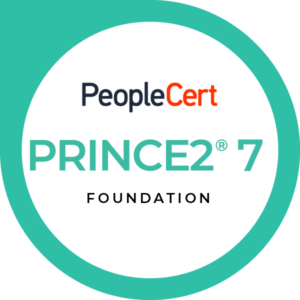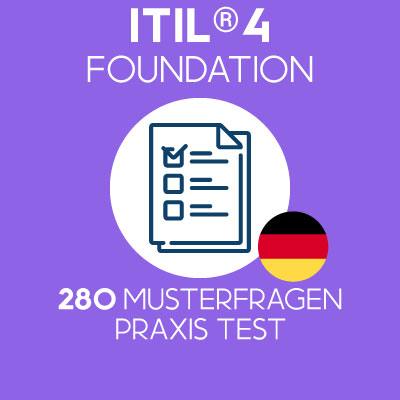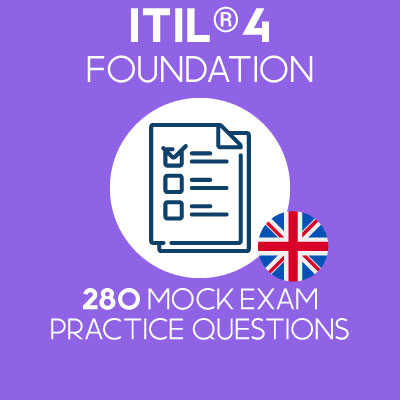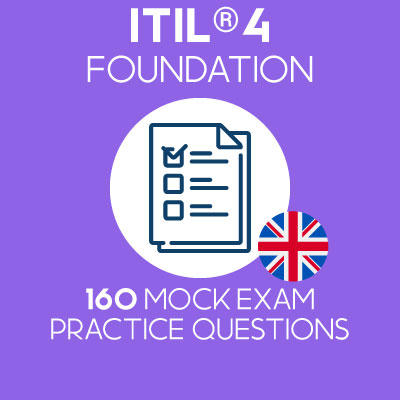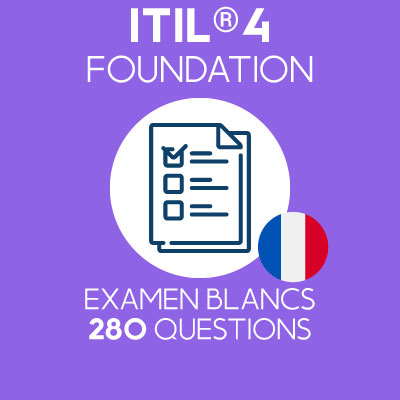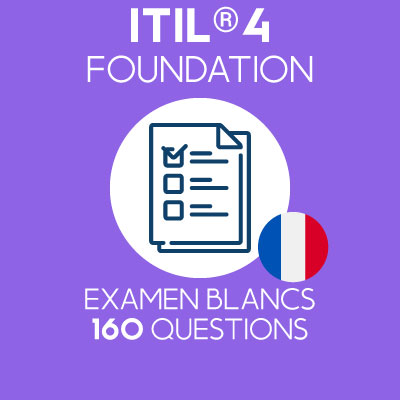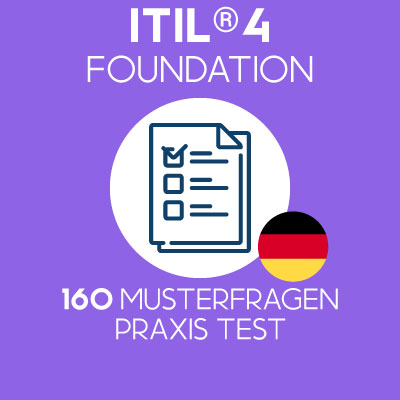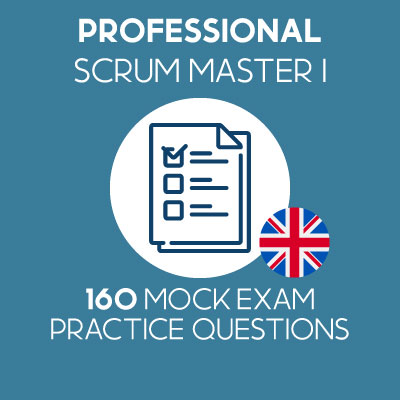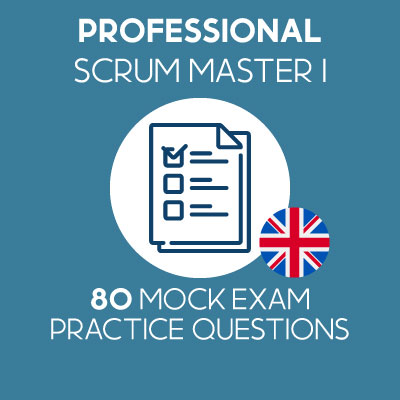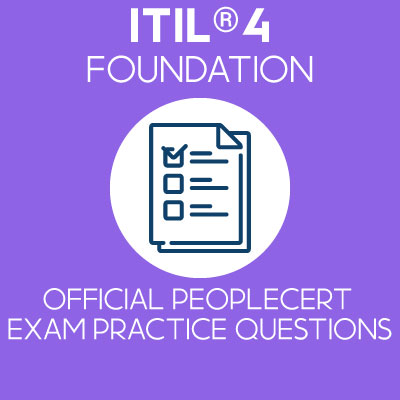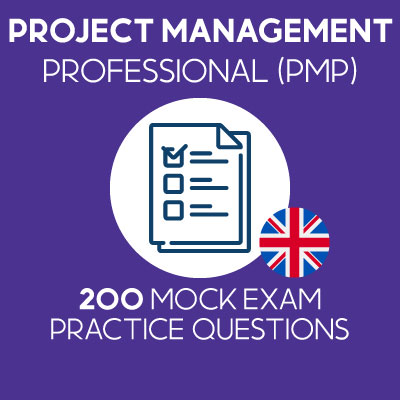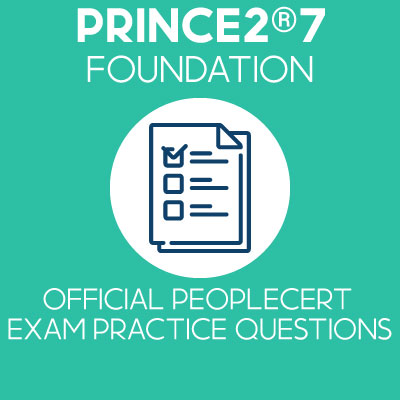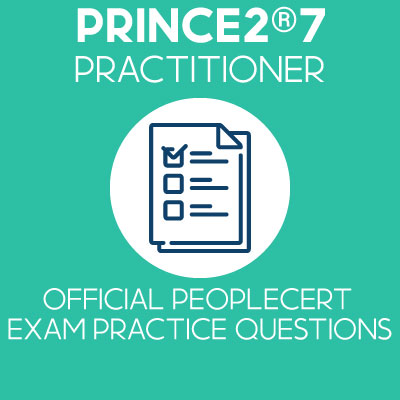Find out how to prepare for the PSM I exam with our list of tips and advices. Written by a Scrum trainer and active Scrum Master.
Table of Contents
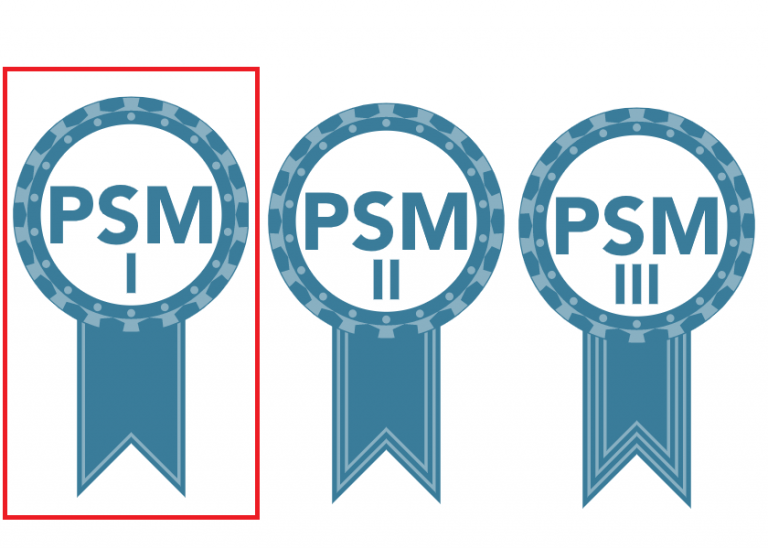
I passed the PSM I in May 2015, just a few weeks after I got my Certified Scrum Master (CSM) certificate from the Scrum Alliance. I actually learned about the PSM I while doing more research on Scrum after the CSM course.
When looking at the PSM I, the following appealed to me:
- The exam is more challenging than the CSM
- The exam does not require any attendance to a Scrum course
- The price of the exam is relatively modest
- The related certificate is issued for life
- The exam preparation enables you to learn more about Scrum
Therefore, this was an interesting challenge to tackle for a modest price, so I set up myself to it. This actually triggered a much more intense learning journey and career path for me later on but that is another story…
Back to the PSM I exam and its preparation then…
PSM I exam preparation
Prior to passing the PSM I, I attended a Scrum course from Jeff Sutherland himself, the co-creator of Scrum. I also read the Power of Scrum and Scrum: Twice the work in half the time. While all those resources are valuable and insightful, this is actually not enough to pass the the PSM I!
Why? Because they concentrate on the spirit, history and general rules of Scrum, not the specifics.
What do I mean by that?
For passing the PSM I, you need to understand all the rules of Scrum as mentioned in the Scrum Guide – this means understanding how Scrum work in general but also the specifics which go with it. By that, I mean that you should not only know what a Sprint planning is and its purpose (general info) but also its specific content such as what is the related time box, how many topics are addressed in that event and how is it conducted.
As mentioned, such knowledge is actually contained in the Scrum Guide and one should know it by heart (or very well at least) as it is the base for the PSM I. Naturally, it also help to also know which practices are associated with Scrum and which aren’t e.g. user stories, estimates in points, burndown charts are actually NOT part of Scrum.
Going back to my personal experience, I attempted the free Scrum Open assessment from Scrum.org just after the CSM and…I was not able to clear it right away (I had only 70%+ something, not even 80% I believe). This was the trigger for me to go after this exam.
The way I prepared for the PSM I in 3-4 weeks was 3 folds:
- I used the Scrum.org reading list, then purchased and read 3 of the recommended books. Two of them were actually insightful (Peopleware and Our Iceberg is Melting) but not useful in any way to pass the PSM I exam. The useful one for that was actually Software in 30 days which is still now on the list of Scrum.org recommended books.
- I tried the Scrum Open assessment multiple times. Not only was it great to check if my knowledge had improved, this was also an important help to work on the timing of the exam as there is only an hour to clear 80 questions.
- I read and re-read the Scrum guide multiple times. Every time you read the Scrum Guide, you increase your understanding of Scrum as long as you pay attention to what you are reading.
But hey, my personal PSM I experience was already in 2015! The Scrum guide has changed two times since and the reading list has been replaced by a comprehensive recommendation list provided by Scrum.org.
So here below are my recommendations based on the latest changes!
Professional Scrum Master I (PSM I) exam recommendation
My personal suggestions to prepare would be the following:
1- Read the Scrum Guide at least 2 to 3 times. It has changed recently, so even if you are familiar with Scrum, you will find noticeable changes which you should pay attention to. If you are a novice, then the Scrum Guide should be your bible.
2- Try to pass the free Scrum Open, the Product Owner Open and Scrum Developer Open assessments. See where you stand and how close you are to the pass result (85%), you can try multiple times but pay attention to point 3.
3- Identify your areas of weaknesses. Based on the answers you got incorrectly, check where your stand in terms of Scrum theory, accountabilities, events, artifacts and rules. Once you know where you weak points are, go to 4.
4- Re-read the Scrum Guide, paying attention to the weak points. You should be able to find the answers to your questions in most of the cases in the Scrum guide. If not, it is time for the next tip.
5- Check on Scrum.org materials and forums the justifications on the answers. Scrum.org provides a recommended reading list for the PSM I where you will likely find the logic behind the Scrum Open answers. Books are only a small part of this list, you have videos, articles and blog posts to refer to. Additionally, Scrum.org forums are well attended to and although you should not see questions of the actual exam, you should be able to find the logic guiding many of the answers. Buying the recommended book is not necessary but it is always great for understanding to see how Scrum is operating in business.
6- Practice and practice the mock exams till you clear them at 100% with less than 20 mns. Once your knowledge is ripe, go back to the Scrum.org free assessments. You have 80 questions to clear in an hour in the actual PSM I exam so you really have to get used to the speed. Read fast, understand well and choose your answer carefully. Based on average, you have only 45 seconds per question so work with this timing.
7- Optional: spend some time on free mock exams on Internet. There are some good free exams on the Internet, for example our own Scrum Master mock exam quiz. However, when going for such resource, please beware of low quality sites which propose dubious questions: e.g. where Scrum is referred as an Agile project management methodology. It is not! So check the credentials of the quiz’s author before hand, it is always useful.
8- Repeat till you are comfortable with the overall result. Like Scrum, this learning process is incremental and iterative. Once you feel that you are ready, then pay your fee and get it done!
And that’s it – see below for the last tidbits!
Some final PSM I tips
If you are familiar with earlier version of the Scrum guide, pay attention that Scrum has changed.
In particular:
- The 3 questions to guide the daily Scrum are no more
- The development team does not exist anymore, there is only one team: the Scrum team
- The team is now self-managing (Why, what, how) and not self organizing (what, how)
Regarding the free Scrum.org assessments, you can expect that a certain number of questions present in the PSM I Open will present themselves to you in the actual assessment so using those is time well spent.
Finally, some questions in the PSM I are not directly addressed in the Scrum guide and would require you to either think hard or extend your knowledge to find the related answer. So step 5 above is an important one. 🙂
We hope that this article will help you in clearing the PSM I exam and wish you all the best!
Should you have any question, do not hesitate to contact us!
Related Blog Posts
Our Mock Exams
-
ITIL 4 Foundation Musterprüfung – 280 Übungsfragen
€ 19,99Original price was: € 19,99.€ 15,99Current price is: € 15,99. -
ITIL 4 Foundation Mock Exam Pack – 280 Practice Questions
€ 19,99Original price was: € 19,99.€ 15,99Current price is: € 15,99. -
ITIL 4 Foundation Mock Exam Pack – 160 Practice Questions
€ 15,99Original price was: € 15,99.€ 9,99Current price is: € 9,99. -
ITIL 4 Foundation Pack Examens Blancs – 280 Questions
€ 19,99Original price was: € 19,99.€ 15,99Current price is: € 15,99. -
ITIL 4 Foundation Pack Examens Blancs – 160 Questions
€ 15,99Original price was: € 15,99.€ 9,99Current price is: € 9,99. -
ITIL 4 Foundation Musterprüfung – 160 Übungsfragen
€ 15,99Original price was: € 15,99.€ 9,99Current price is: € 9,99.
Most Popular Posts
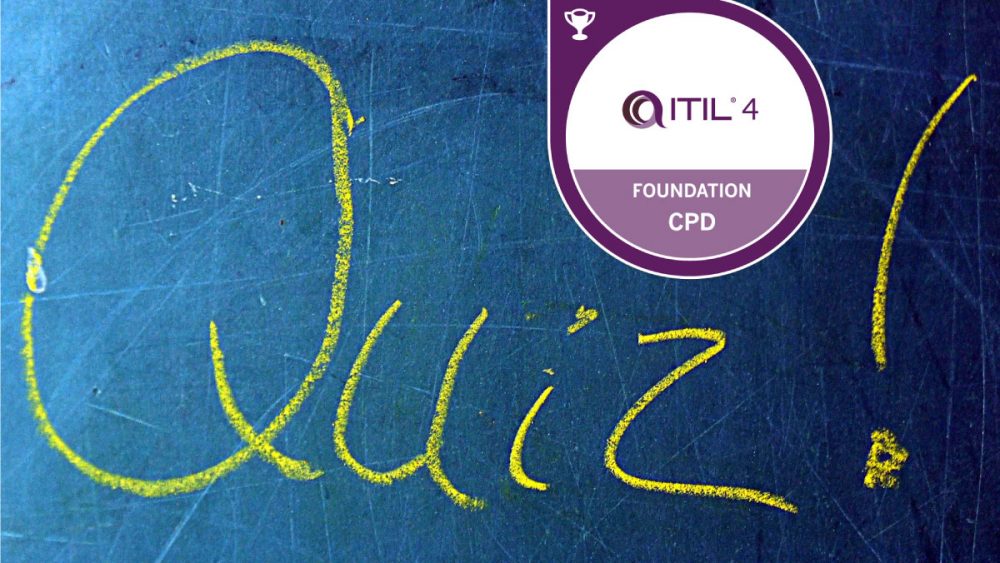 Are you ready to pass the ITIL 4 Foundation exam?... 203.3k views | 109 comments
Are you ready to pass the ITIL 4 Foundation exam?... 203.3k views | 109 comments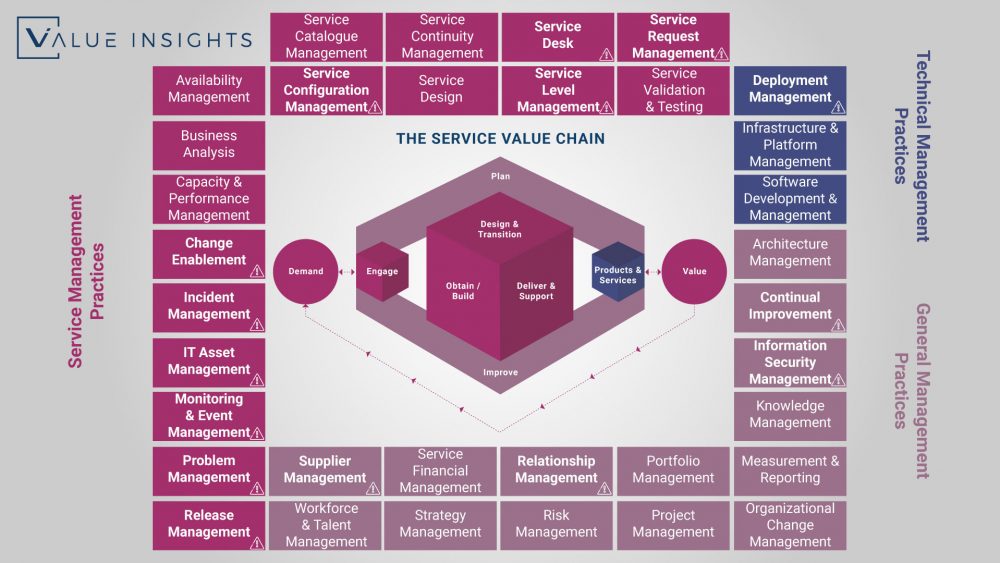 The ITIL 4 Practices Overview 84.6k views | 1 comment
The ITIL 4 Practices Overview 84.6k views | 1 comment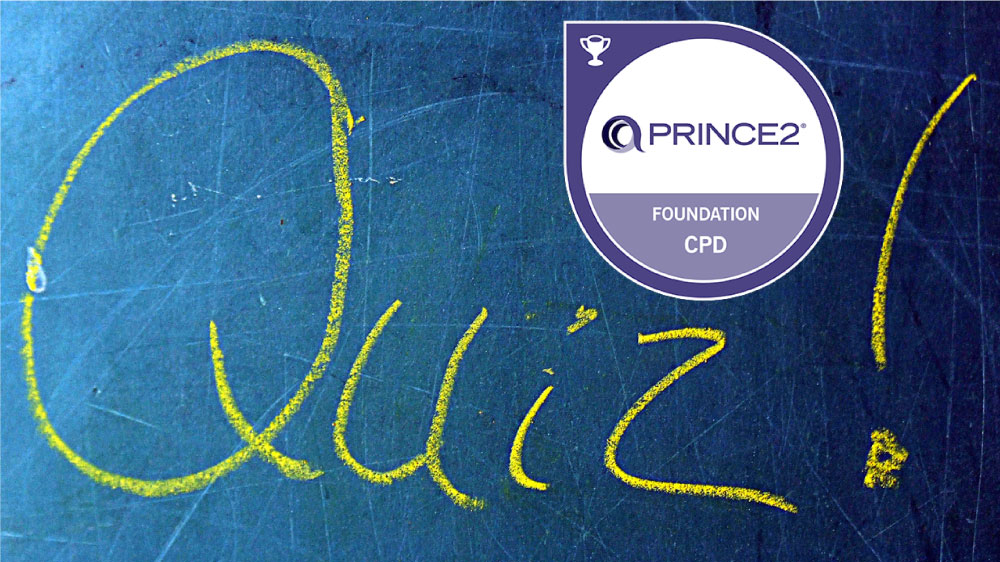 Ready for PRINCE2 Foundation? Check this 40 FREE s... 42.2k views | 24 comments
Ready for PRINCE2 Foundation? Check this 40 FREE s... 42.2k views | 24 comments Are you ready to pass the ITIL 4 Foundation exam?... 35.7k views | 0 comments
Are you ready to pass the ITIL 4 Foundation exam?... 35.7k views | 0 comments How to get the ITIL 4 Foundation Digital Badge 35.3k views | 11 comments
How to get the ITIL 4 Foundation Digital Badge 35.3k views | 11 comments




